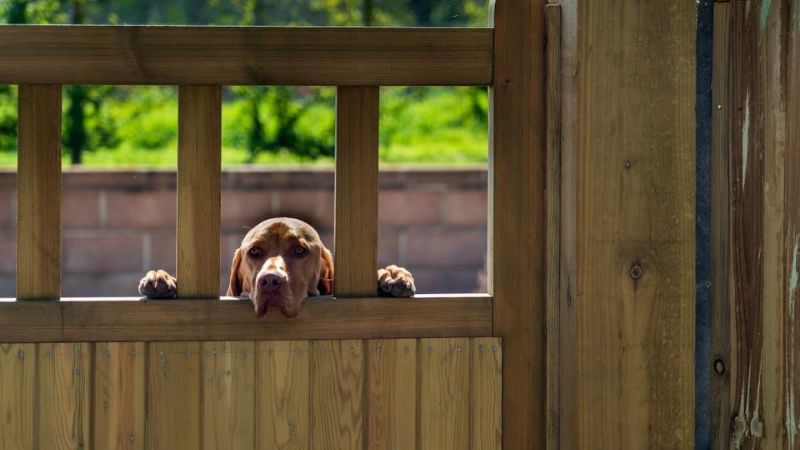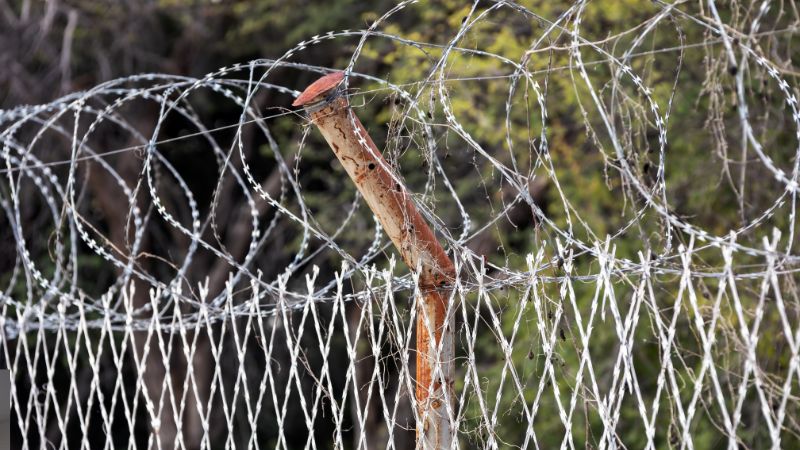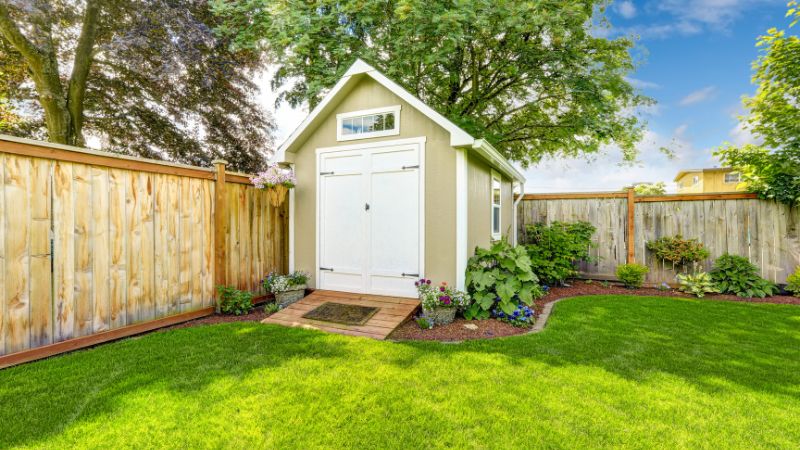As a pet owner, ensuring your furry friend’s safety is a top priority. One effective way to achieve this is by investing in the right fencing solution. With a myriad of options available, selecting the best one for your pet can be overwhelming. Whether you have a playful pup who loves to dig or a curious cat who’s always exploring, the right fencing can provide security and peace of mind. In this guide, we’ll explore the 7 Best Fencing Solutions For Pet Owners. From traditional wooden fences to modern electric and invisible options, we’ll help you find the perfect fit to keep your pet safe and happy while enhancing your home’s security.
7 Best Fencing Solutions For Pet Owners
1. Wooden Fences
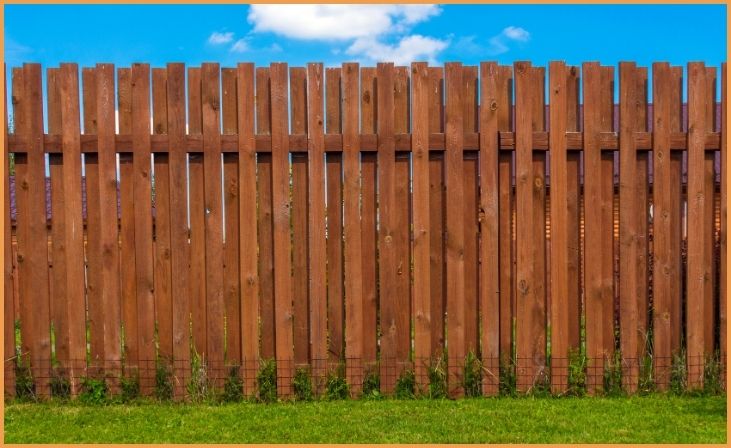
For pet owners, wooden fences are a timeless option because of their adaptability and durability. They provide a solid barrier that can be tailored to any height or style, making them ideal for keeping dogs, cats, and other pets contained. Pressure-treated wood is commonly used to ensure longevity and resistance to the elements. For added security, consider a fence with a solid bottom that prevents digging and escape attempts. Wooden fences also offer aesthetic appeal, blending seamlessly with various landscaping designs. Regular maintenance, such as staining and sealing, is necessary to keep the fence in top condition and extend its lifespan.
Also Read:- Fence Installation Mistakes To Avoid
2. Vinyl Fences
For pet owners looking for a long-lasting, low-maintenance option, vinyl fences are a great wood substitute. Crafted from premium PVC, these fences offer durability across all climates, resisting weather, rot, and pests. Vinyl fencing offers flexibility to meet your needs with various styles and heights. Furthermore, they only need to be occasionally washed with soap and water, making cleaning them simple. Ensure your vinyl fence is tall enough and firmly fastened to deter any potential escape attempts by pets. Vinyl’s sleek, contemporary appearance can improve your home’s curb appeal while offering superior security.
3. Chain Link Fences
Chain link fences are a cost-effective and practical solution for pet owners, especially for larger areas. These fences are made from galvanized steel, which provides strength and durability. Chain link fences can be installed with varying heights and gauge thicknesses to suit different pets and security needs. For added safety, you can add privacy slats or covers to the chain link to prevent pets from seeing outside and getting distracted. Installing a chain link fence with a properly secured base can help prevent digging and ensure that your pet remains safely contained. This option is also relatively easy to install and maintain.
4. Electric Fences
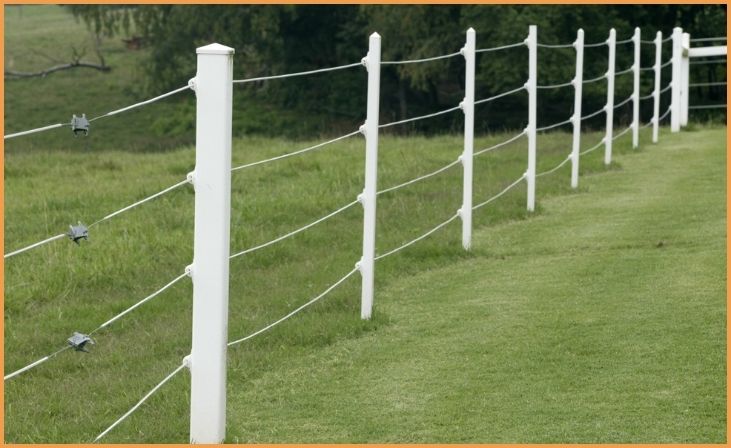
Electric fences provide an invisible boundary that uses a mild electric shock to deter pets from crossing the line. They are made up of underground cables and a transmitter that signals a collar the animal wears. When the pet approaches the boundary, it receives a warning beep followed by a mild shock if it continues. This type of fencing is particularly useful for large yards or properties where traditional fencing might be impractical. While effective, it requires proper training to ensure pets understand the boundaries. Regular monitoring and maintenance of the system are essential to ensure its reliability and effectiveness.
5. Invisible Fences
Invisible fences, similar to electric fences, use a boundary wire buried underground to create an invisible barrier. Pets wear a special collar that detects the boundary and delivers a warning sound or vibration before administering a mild correction if they approach too closely. This fencing solution is effective for pet owners who prefer not to obstruct their view with physical barriers. It’s crucial to carefully train pets to understand and respect the invisible boundary. Regular checks on the system and collar batteries are necessary to maintain proper functionality and ensure your pet’s safety.
6. Aluminum Fences
Aluminum fences are known for their strength, durability, and low maintenance requirements. Made from powder-coated aluminum, these fences are resistant to rust, corrosion, and weather damage, making them suitable for various climates. They are also available in a range of styles and heights to accommodate different pets and security needs. Aluminum fences offer a sleek, modern look and can be customized with additional features such as decorative elements or matching gates. For pets that are prone to jumping or climbing, ensure the aluminum fence is high enough and properly installed to prevent escape.
Also Read:- Decorative Fencing Ideas For Your Fencing Project
7. Farm Fences

Farm fences, often made from wire and wood, are designed to contain larger animals like horses and livestock but can also be adapted for pets. Types include barbed wire, electric wire, and post-and-rail designs. Farm fences are highly customizable and can be built to specific heights and strengths to match your pet’s size and behavior. While traditional farm fences may require more maintenance and installation effort, they offer robust and effective containment. For pets, it’s important to choose a farm fence with the appropriate height and materials to prevent escape and ensure their safety.
Conclusion
Choosing the ideal fencing solution is crucial for keeping your pet secure and happy. The 7 options we’ve discussed offer a range of benefits, from durability and safety to ease of installation and maintenance. By considering your pet’s needs and your own preferences, you can select a fence that not only enhances your property but also ensures peace of mind. To give your pet a secure and enjoyable environment, make the right fencing investment today.
FAQs
What type of fence is best for a dog that digs?
A solid wooden fence with buried wire or a vinyl fence is ideal for dogs that dig, as it prevents escape and deters digging.
Are invisible fences effective for cats?
Yes, invisible fences can be effective for cats if used correctly, but they might not be as reliable as physical barriers due to cats’ natural climbing abilities.
